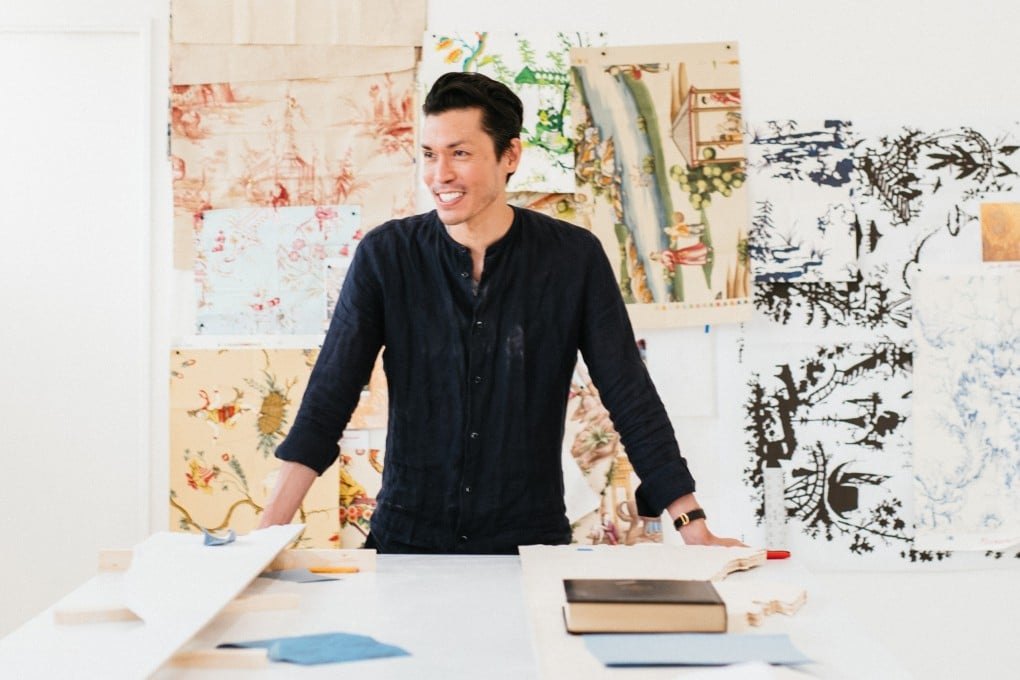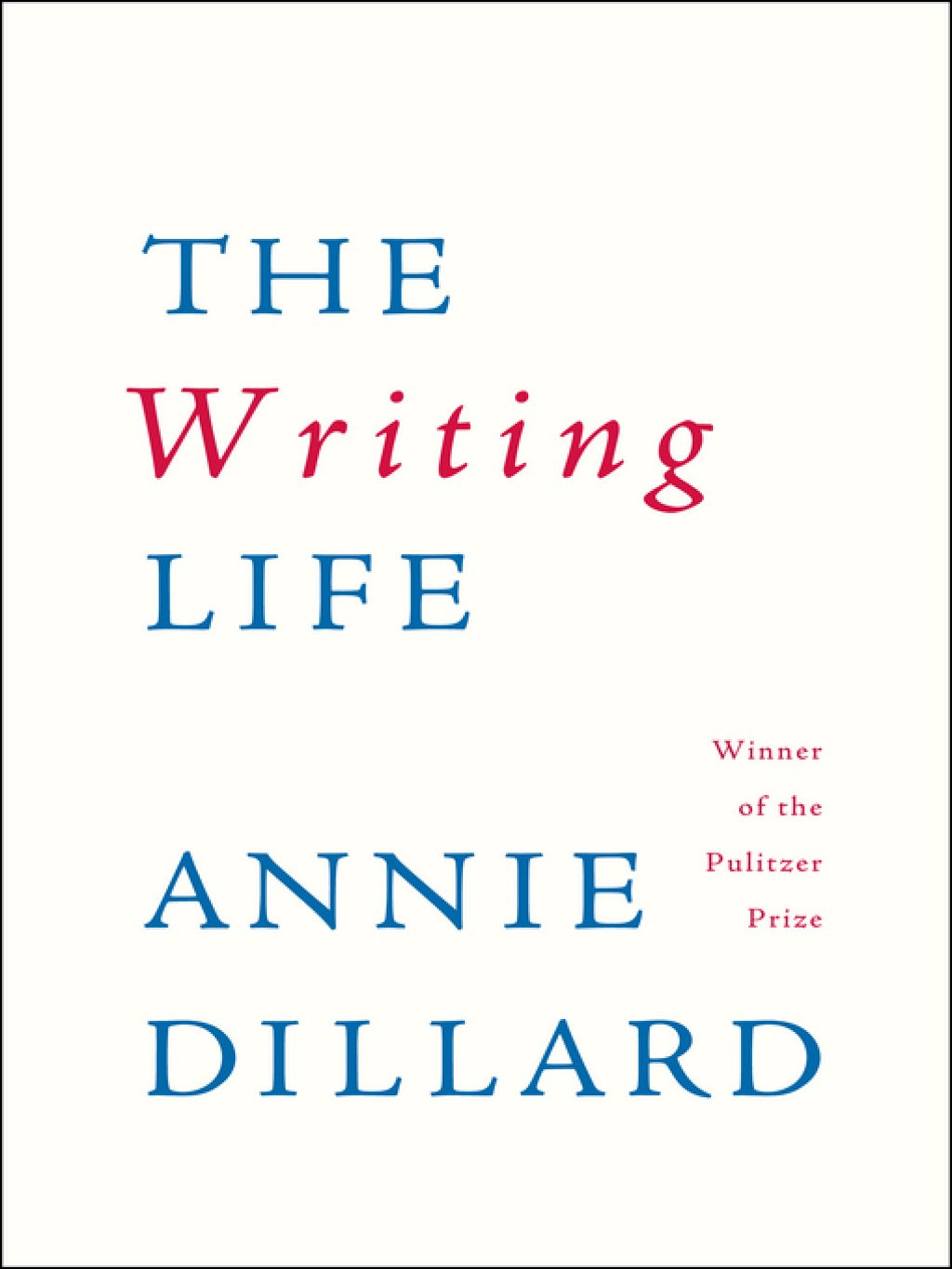Why book on how to be a better writer changed an artist’s life: Annie Dillard’s The Writing Life ‘takes the romance out of art making – in a good way’
- The Writing Life (1989), by American author Annie Dillard, describes the laborious day-to-day processes, challenges and routines of her work as a writer
- Hong Kong-based US contemporary artist Christopher K. Ho, who in 2021 took over as executive director of the Asia Art Archive, explains how it changed his life

The Writing Life (1989), by American author Annie Dillard, describes the day-to-day processes, challenges and routines of her work as a writer, a profession she characterises as mostly laborious and alienating. United States-born, Hong Kong-based contemporary artist Christopher K. Ho, who in 2021 took over as executive director of the Asia Art Archive, explains how it changed his life.
It was an unusual book to recommend to someone relatively young. But it was very useful in that moment of youthful impatience, wanting to be an artist in college. Its message was to take a step back, and view making a work of art – for her it was a book, for me an artwork – as a process.
For me, it’s one of the most accurate descriptions of the artistic process. It really takes the romance out of art making – in a good way. When we look at books and the work of artists, we tend to focus on what’s gripping about them.

Annie Dillard describes how she writes with the aid of a 20-foot conference table: she puts pages down on the table, walks around it, shuffles the pages, sometimes takes one away. She describes the process as like a dull walk. When I teach young, enthusiastic artists, I try to teach them about the monotony that can be behind even the most conceptually shimmering object.
